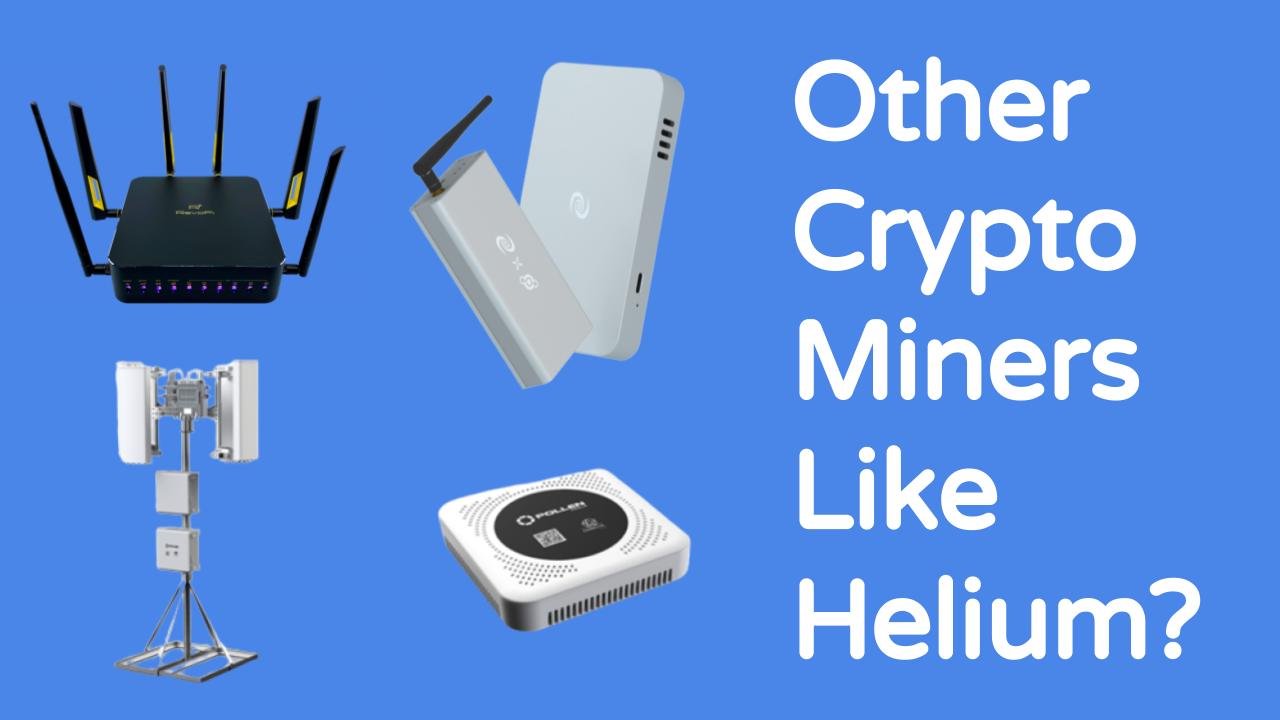

Indoor Helium gateways require an outdoor antenna to be connected to the miner via a length of antenna cable that is then attached to the female RP-SMA connector on the miner. For outdoor Helium miners with ruggedized weatherproof enclosures, outdoor antennas are already integrated into the design. Helium miners can be indoor or outdoor designs, but both types benefit from an outdoor LoRa antenna. Setting up an external LoRa antenna outdoors Helium Miner Models' Antenna Connector Types Miner Make & Model SMA antenna cables & adapters: Compatible with LoraWAN hotspots: All of our antenna cables and adapters with SMA-male connectors are compatible with LoraWAN hotspots.RP-SMA-male to N-male or N-female: To connect your miner to a high-gain, outdoor helium antenna.RP-SMA antenna cables & adapters: Compatible with almost Helium hotspots (see table of miners below).All of our Antenna Cables and adapters are compatible with Helium Network routers & gear.Flat Antenna Cables pass under a window so that you can set your Helium miner outside your window, for much better range.Hotspot operators share their home or business internet bandwidth to power the global network, and earn tokens for participating in the network. The original Helium LoRaWAN network, which provides connectivity for lightweight Internet of Things (IoT) devices like sensors and trackers, makes up almost the vast majority of that hotspot tally. Helium’s migration to Solana was approved via a community vote in September 2022, beginning the months-long process of bringing the “network of networks” -which incentivizes users to share their wireless service by giving them crypto token rewards-to the public blockchain network used for things like NFT collectibles and DeFi protocols.


Furthermore, the NFT enables possible ecosystem-wide integrations, including token-gated benefits and access for hotspot owners. Why mint a Solana NFT to represent each of the nearly 1 million Helium hotspots? According to the Helium Foundation, the token works as a network credential and authenticates the hotspot, all in a decentralized fashion. Solana’s NFT compression feature potentially provides creators and brands a way to serve up large amounts of NFTs to a broader audience without a significant cost attached. Minting that many NFTs on the Ethereum mainnet would cost creators an estimated $33.6 million, the Solana Foundation claims. Compare that to an estimated $253,000 worth of SOL using Solana without the compression tech, or about $32,800 worth of MATIC on Ethereum scaling network Polygon. It’s the most prominent test case to date for Solana’s new state compression feature, which lets creators mint potentially enormous amounts of NFTs for relatively low cost compared to other platforms-or even to Solana’s standard NFT minting process.Īccording to the Solana Foundation, the process cuts the estimated cost of minting 1 million NFTs to about $113 worth of SOL (as of April 5). The process appears to be ongoing, although the data on the platform is slightly delayed. More than 150,00 of the NFTs had been minted as of Wednesday morning, per public blockchain data compiled on analytics platform Flipside Crypto. "The contracts are permissionless and on-chain." "Helium developers took a snapshot of the existing blockchain and loaded the necessary transactions to the new blockchain," Helium Foundation Head of Protocol Engineering Noah Prince told Decrypt.


 0 kommentar(er)
0 kommentar(er)
